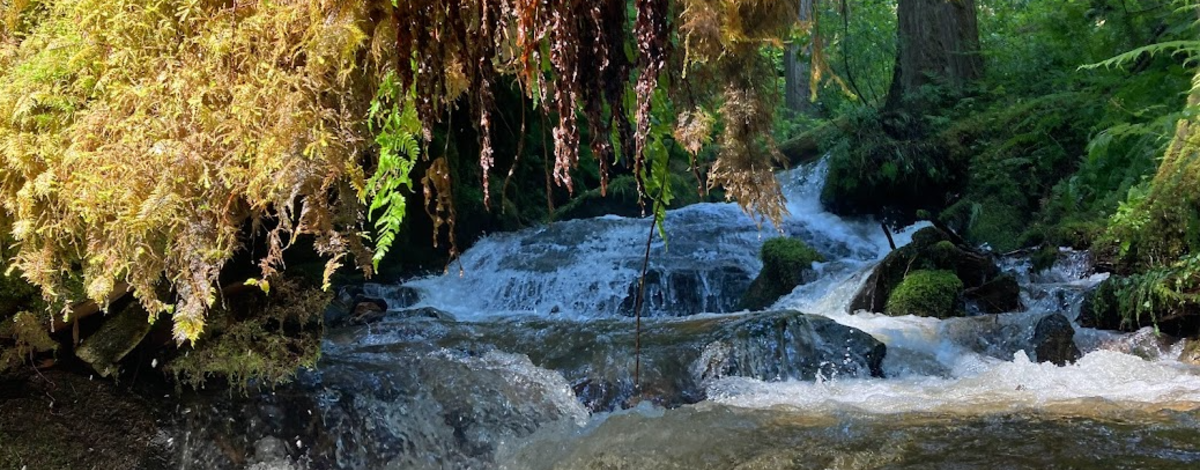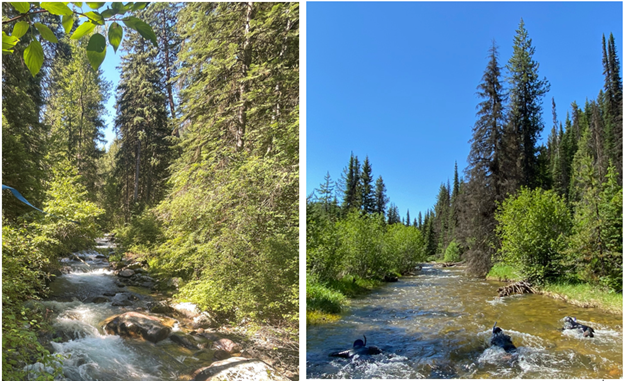Recent health and wellness science implies that a “cold plunge” may be good for the human brain, body and bragging rights. But why spend money on a kiddie pool and 40 pounds of ice when you can spend it on another fly rod and an elk tag?
Idaho is chock-full of natural cold plunges. Just ask your regional Idaho Fish and Game snorkel crew. Our four crews (based out of Nampa, McCall, Salmon and Lewiston) spend their summer constantly alternating between hot, sweaty hikes and bone-chilling snorkel surveys.



